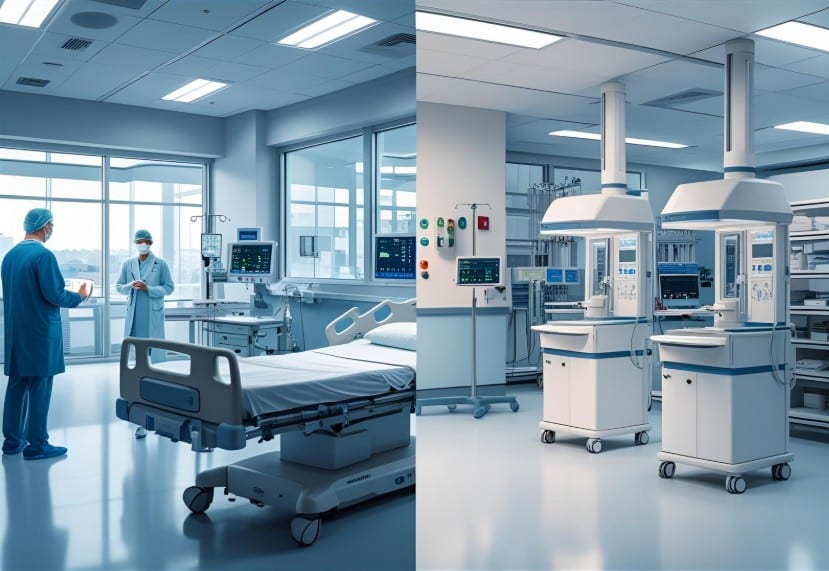Imagine this:
A patient undergoes a procedure using a medical device. Weeks later, complications arise—serious enough to trigger a legal claim.
The big question immediately surfaces:
👉 Is the liability on the medical practitioner who used the device, or on the manufacturer who produced it?
The answer isn’t always straightforward. In fact, it depends on where the fault lies—and this is where insurance plays a vital role.
When the Practitioner Bears the Risk
If the injury is traced back to how the device was used, the practitioner or healthcare institution is in the hot seat.
Examples include:
- Improper implantation or surgical error
- Incorrect usage of the device
- Failure to provide adequate post-op monitoring
This falls under medical malpractice exposure. Here, the liability arises not from the device itself, but from how it was handled in the course of care.
What protection is needed?
Medical malpractice insurance responds to allegations of negligence, covering:
- Patient injury claims
- Legal defence costs
- Tribunal or inquiry representation
- Vicarious liability for staff
When the Manufacturer Bears the Risk
On the other hand, if the problem lies with the device itself, the focus shifts to the manufacturer or distributor.
Examples include:
- A design flaw making the device inherently unsafe
- Manufacturing defects in a batch of devices
- Inadequate instructions or missing safety warnings
This is a product liability exposure. Unlike malpractice, which looks at professional negligence, product liability focuses on whether the product was defective once it left the manufacturer’s control.
What protection is needed?
Product liability insurance steps in to cover:
- Bodily injury or property damage caused by defective products
- Defence and settlement costs worldwide (subject to jurisdictional
limits) - Investigation and court expenses
Where It Gets Complicated
Sometimes, both the practitioner and the manufacturer share responsibility.
- A device may have been faulty and incorrectly implanted.
- Or, a device may have been safe—but instructions weren’t followed properly.
In these situations, multiple parties can be sued simultaneously. Without the correct coverage in place, one side may attempt to push liability onto the other, leaving costly gaps.
The Insurance Perspective
From an insurance standpoint, the lesson is clear:
- Healthcare providers need medical malpractice cover to shield against professional negligence claims.
- Manufacturers and distributors need product liability cover to protect against defective product lawsuits.
- Hospitals and clinics that supply devices may need both, depending on their exposure.
By structuring both policies correctly, businesses can avoid the devastating gap that often arises when claims bounce between malpractice and product defect.
Final Takeaway
When a medical device injury occurs, liability can shift quickly between practitioner and manufacturer. The courts will decide who is at fault, but without proper insurance, both sides risk catastrophic financial exposure.
At Minaris Risk Management, we help healthcare providers, clinics, and device companies map out their risk profile and secure the right blend of
malpractice and product liability cover. Because when lives are on the line, and lawsuits come knocking, you need more than guesswork—you need certainty.
Ready to Get Covered?
👉 Talk to an Expert at Minaris today.
Get protected with a plan that fits your business.
Author: KH CHEW
KH Chew is the Founder and Risk Advisor of Minaris, with over 30 years of experience in the insurance industry. He holds a Diploma in Insurance from the Malaysian Insurance Institute (MII), which laid the foundation for his in-depth expertise in property, financial lines, and other general insurance products. He is widely recognized for developing tailored insurance schemes for professionals and businesses across Malaysia. KH is also a passionate advocate for risk management and regularly advises clients and trade associations on comprehensive coverage strategies.

